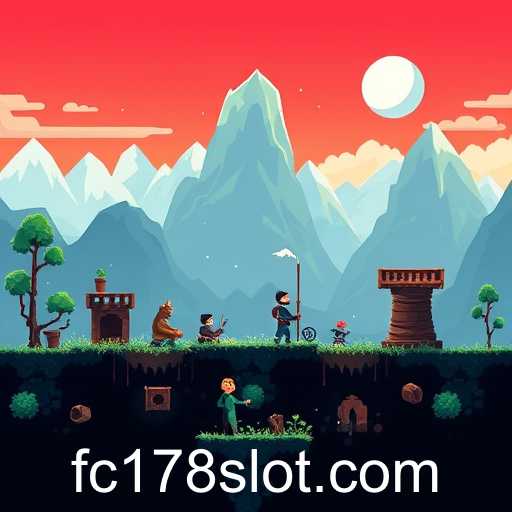An in-depth look at the indie games category, exploring its rise in popularity, the creative freedom it offers developers, and its impact on the gaming industry. Learn how identifiers like 'FC178' help categorize these unique games on various platforms.
The indie games sector has gained immense popularity over the recent years, carving out its niche in the vast gaming industry. Unlike mainstream games produced by large, well-funded studios, indie games are developed by individuals or small teams who often operate without financial support from a publisher. This category is epitomized on many gaming websites that use unique identifiers for user convenience and search optimization. One such identifier that users might encounter is "FC178," associated with the indie games category on certain platforms.
The term 'indie' stems from 'independent', and this independence extends beyond the development process to include the creative vision. Indie developers have the freedom to experiment with unconventional art styles, novel gameplay mechanics, and original storytelling. This creativity often results in distinctive gaming experiences that draw a diverse range of players seeking something different from the typical high-budget, graphically intense games.
Despite operating on smaller budgets, indie games have thrived due to platforms like Steam, itch.io, and the Nintendo eShop, which provide a marketplace for independent creators to sell their games directly to players worldwide. This accessibility has democratized game development, allowing unique titles to gain traction purely on their merit and appeal. Over the years, indie games such as 'Stardew Valley', 'Celeste', and 'Hades' have garnered critical acclaim and commercial success, demonstrating that creativity and quality can compete with larger titles.
Furthermore, the community aspect surrounding indie games cannot be understated. Social media platforms, forums, and streaming sites have allowed developers to build and maintain active engagement with their player base. This interaction often shapes the development process through feedback and updates, creating a dynamic relationship between creators and consumers. Additionally, indie game fairs and events like the Independent Games Festival highlight and celebrate the artistic visions within this vibrant sector.
Indie games continue to push boundaries and challenge conventions, ensuring the category remains an essential component of the video game industry. As both technology and community support continue to grow, the future looks bright for indie games and their developers.




